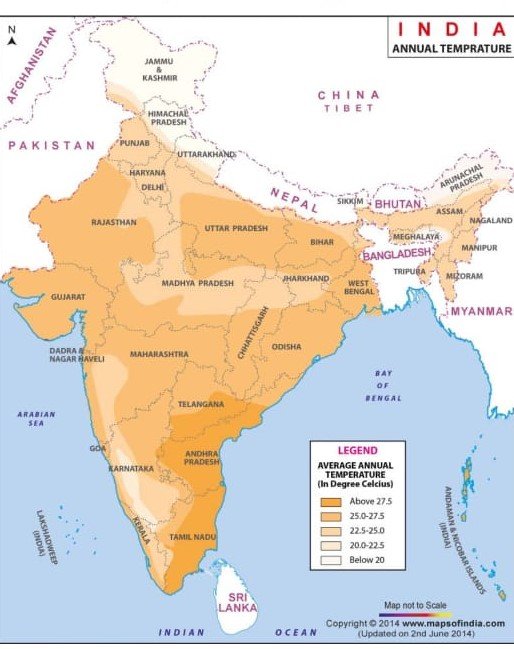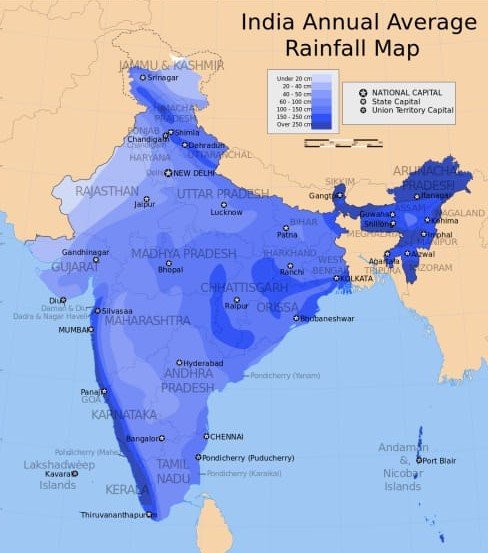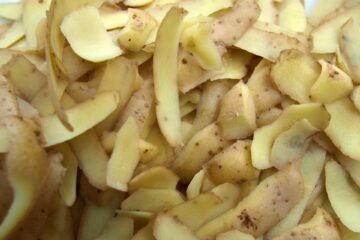The Indian Bread Experiment.
How did it start?
Well, it started the day I went to a local grocery store and finally found yeast for baking bread. I was extremely excited as I came back home and eagerly opened a baking blog to find out which all breads I could bake. Ciabatta, focaccia, maybe a simple baguette? As I scrolled through the pages of the blog, I found myself thinking of kulchas and naans.
And I thought, ‘Hey, which all Indian breads can I bake?’
And this is how my Indian Bread Experiment started. As a student of India, I slowly and steadily started creating this directory of assorted Indian Breads. But before I even started, an interesting question arose before me.
What is an Indian Bread?
To be honest, the term bread in India is nearly impossible to define. It changes its meaning with every state and every region. It can be leavened (made with yeast or a similar raising agent) and pillowy like the naan. Or it could be unleavened and biscuity like the litti. It can be made of flour like the chappati, or made of rice and lentils, like the dosa. It can be made in an open flame, oven, tawa, tandoor or steamer. It can be savory like the stuffed parathas, or sweet like puranpoli.
What is bread in India? It’s difficult indeed to define it. For the purpose of this article, I have selected breads which are mostly savoury and are used to complement tea or curries.
Also, for the purpose of sheer sanity, the Indian Bread series is divided regionally. We have breads of North India, breads of South India, breads of West India, breads of Central India, breads of North East India, and, phew!, breads of East India.
The Factors of Bread Diversity
When I first started researching the breads of India, I was a little apprehensive about how many I would find. I really hoped that I would find at least a decent 30 or so unique breads- decent enough for a good article.
Well into my first resource, I got a different level of apprehension. This number was going to be much more than 30! What is the reason behind such a huge variety of breads in a single country? Well, there are a number of factors, some of which are discussed below.
Climate

Each region differs in their breads because of a number of reasons. The first defining reason is the climate of the place (again, a factor of the geography of the region, but for the sake of simplicity we won’t go into that). The digestive system tends to get affected due to the hot weather as the body expends a lot of energy in trying to keep the body cool. In these climates, rice is preferred as the high starch in it makes it easier to digest. As per Ayurveda, rice also cools the body down. If you look at the North-South axis of India, the average annual temperature tends to increase as we go towards the south. Almost as if on cue, the Indian bread type also changes from wheat to rice-based ones as we move southward along this axis.
Add humidity to heat, and you will get the perfect environment for the growth of microorganisms like fungus and bacteria which tend to spoil food and decrease its shelf life. Hence, in hot and humid regions, fermented food is preferred as the process of fermentation increases the shelf life of food. Fermented food is also easier to digest.
Again, if we look at the map of India, you will find some areas which are both hot and humid. You will hence notice that the breads of these regions are made of easier to digest rice and maida. Very often, these breads are also fermented to aid easy digestion and increase in shelf-life. Match these culinary trends to the temperature and rainfall maps of India and you will find such areas to be more in East India and South India.
In contrast to the South, East and North East of India, in North India and Western India, the breads are generally heavier, especially those of the winter season. Due to extreme weather conditions, there is a prominent variation in breads types made during summer and winter seasons. More heat-generating flours of ragi and bajra are preferred in the winters, while cooler flours of wheat, jowar and rice are used in the summer.
Agriculture
Another determinant of breads is a consequence of the climate of the region— the local staple grains. Hence, the rice-growing regions of India have breads made of rice, while the wheat-rich North is mostly heavily dependent on wheat breads. Regions growing other grains/millets like corn, ragi, jowar and bajra also make use of these healthier flours to make flatbreads.
Economic Factors
For regions which have multiple choices of grains, the secondary determinants are economic. Even now, Eastern Uttar Pradesh has a concept of mota gaon and maheen gaon. Mota gaon (mota means coarse) are villages which use coarse grains like bajra, jowar and ragi, while Maheen gaon (maheen means fine) are villages which consume finer grains like rice and wheat. Mostly, Maheen gaon are financially better off as compared to Mota gaon. Interestingly, this trend seems to be reversing in urban metropolitans, where the coarse grains are being seen as superfoods and the elite classes are increasing their consumption of these grains.
Socio-Cultural Factors
The last factor is the socio-cultural one. India has been a melting pot of various cultures, and is, consequently, a mosaic of cuisines. Thus, the common gradations of bread trends throughout the regions will sometimes be interrupted with unique and surprising bread cultures. This can be seen in the Indian Land of Breads, i.e. Goa, which has a bread culture heavily inspired by its historical past as a Portuguese colony. It can be seen in the unique bread culture of formerly migrant communities like the Parsis and the Sindhis who came to India and made it their own.
The study of Indian bread is not only an exercise of culinary sciences. It is a holistic study of geography, biology, climatology, agriculture, economics and sociology. But as for now, let’s get the process started with this Indian Bread Directory and take up each region one-by-one.
Let’s start with the East Indian Bread.



